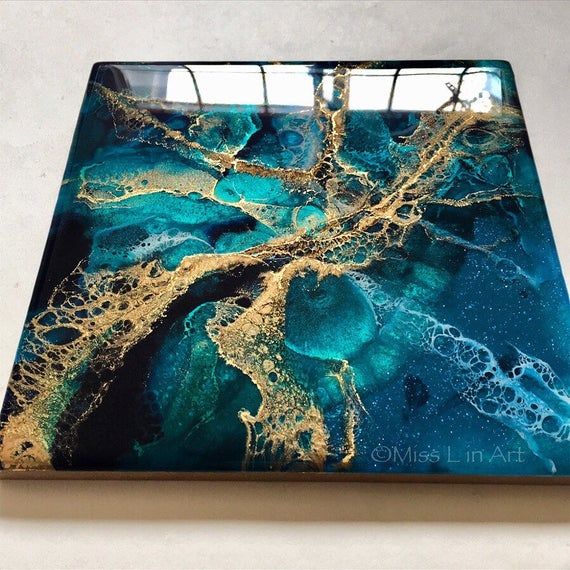Epoxy is also a repair material used in many areas: So who invented it?
The usage area of epoxy can be counted as boats, wooden materials, repair works in spaces. Technically, it is an adhesive in the thermoset group. It is preferred because it is resistant to many substances.

Epoxies change from liquid to solid. Finally, they reach their toughest state. They have a very solid build. Due to this robustness, it is used in the most demanding areas such as aviation, space and marine. It is also used in the making of construction or decorative items.
Epoxy is the family of basic components or cured end products of epoxy resins. Epoxy resins, also known as polyepoxides, are a class of reactive prepolymers and polymers that contain epoxide groups. The epoxide functional group is also collectively called epoxy.[1] The IUPAC name for an epoxide group is oxirane.
This exceptional substance, called epoxy resin, is the adhesive of choice when you really want two surfaces to stick together completely. For example, holding together parts of an airplane or the rotor blades of wind turbines. Epoxy resin is also resistant to heat and chemicals. Some epoxies are waterproof and can even cure under water. They also have an excellent function in electrical insulation.
Epoxy is a thermosetting plastic. In other words, when mixed with a "hardener" or catalyst, it turns into a solid material with the aforementioned properties.
Swiss chemist Pierre Castan (1899-1985) and American Sylvan Greenlee co-invented epoxy resin. In 1936, working on materials for denture repair, Castan reacted bisphenol A and epichlorhydrin compounds to produce a low melting amber material. Meanwhile, across the Atlantic, Greenlee was investigating a similar reaction, producing his own resin, which only had a higher molecular weight than Castan. Both scientists simultaneously filed patents and continued to acquire more intellectual property rights, using the versatility of epoxy chemistry to develop alternative resins with different physical properties.
Pierre Castan (born 17 August 1899 in Bern, died 12 September 1985 in Geneva) was a Swiss chemist, who was one of the pioneers of epoxy resins with Paul Schlack.
The largest market for epoxy resins is protective coatings. Here again, epoxy resin, which can be firmly fixed to a surface and resist almost anything, is also ideal for coating the interior surfaces of washing machines, pipes and cans.

Art and epoxy
The material we know as epoxy, which turns every surface it touches into a visual feast, was developed by two scientists, Swiss Dr. Pierre Castan and American Dr. Although invented by Slyvan Greenlee, it found its place in art's search for new forms and materials.
Epoxy resin, which has a very wide usage area, appears in many different productions from large wall paintings to tiny and stylish earrings. Whether it's a painting or a trinket, epoxy resin provides texture and depth to everything we produce. Today, many artists continue to make productions with this material that look great and match the colors of the time. So, what can we do with epoxy resin?
Resin Art
"Resin Art", which is one of the most basic methods of working with epoxy resin, is made with the technique of coloring epoxy resin. After the resin is ready for use, it is divided into containers. The resin in each container is colored with pigments. Then, a design is made with epoxy resin on a canvas or a suitable surface. After letting it dry for 24 hours, your painting is ready to display!
Epoxy Coating
In this method, also known as epoxy coating, epoxy is poured onto the canvas or a desired surface, resulting in a shiny and smooth surface like glass fixed on the original work. Painted with different colors, the canvas is covered with epoxy resin at the final stage and left to dry. When the resin hardens, the canvas gains an impressive appearance that is bright, hard and reflects the colors of the painting vividly.
Petri Art
Petri art, where creativity and fun is unlimited, is made with epoxy resin and alcohol ink. First, the resin is filled into a mold. And the feast of colors begins with the pouring of alcohol ink of various colors into the epoxy resin. After the resin dries, it is removed from the mold and a design in fascinating colors emerges.
Mold Art
Epoxy resin is also an excellent material for designing your own jewelry with dried flowers or tiny objects. At this stage, the resin can be left clear or colored as desired. In such designs, there is a need for ready-made silicone or plastic molds with a basin that can pour the resin and allow it to dry. When the resin dries, it takes the shape of the mold.
